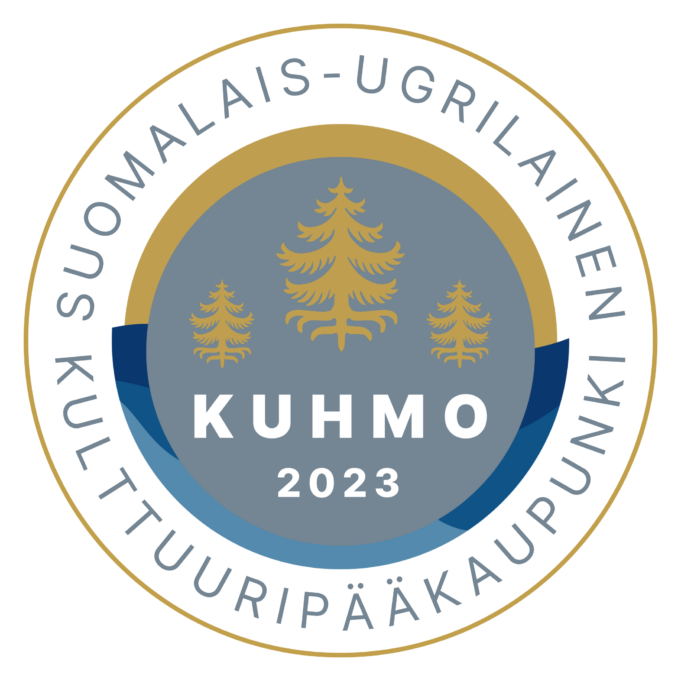Winter War battles in Kuhmo
The Soviet 54th Division of the 9th Army crossed the Finnish border 30.11.1939. Their plan was to attack from Repola area towards the Kuhmo village and from there to Kajaani and Oulu.
The Finnish troops in the Kuhmo front consisted of Separate Battalion 14 of the 9th Division, which at first was mainly local men from Kuhmo and Sotkamo. Later reinforcements came from Suomussalmi and East Bothnia. Separate Battalion 14 belonged at first to the North-Karelian army group and from 1.12.1939 to the Northern Finnish Group.
The hostilities began in Kuhmo 30.11.1939 at 09.45 in the Laamasenvaara area in Saunajärvi. One of the frontier guard soldiers bringing evacuation orders to civilians living in the area was killed. The youngest son of the house of Ala-Laamanen was killed and civilians were taken as prisoners of war and returned only after the peace treaty was signed. Laamasenvaara was a Soviet base all through the war. They even made a winter road to the area.
The Soviet troops advanced along two fronts using the roads of Saunajärvi and Hukkajärvi. In 1939 the road between Lammasperä and Saunajärvi didn’t yet exist. In the Lammasperä front the Soviet troops advanced through Hukkajärvi and Kiekinkoski to Vääräjoki and all the way to Tyrävaara, about 10 kilometres from the village centre. There they were stopped 17.12.1939. After that the Finnish troops attacked and managed to drive them back over the border.
The Soviet troops came nearest to the Kuhmo village in Tyrävaara and Jyrkänkoski in the Rasti area (both about 10 kilometres from the village).
In the Saunajärvi area the troops of the Finnish Separate Battalion 14 made contact with the Soviet forces in Loso 1.12.1939 and in Alasenjärvi 2.12.1939. Soviet troops advanced on the northern side of the Lake Alasenjärvi and crushed the Finnish defences in Louhenjoki 5.12.1939. Then they advanced to the Rasti crossroads 6.12.1939 and all the way to the Jyrkänkoski area, where the Finnish forces retreated 11-12.12.1939. No actual battles were fought in Jyrkänkoski, but there were fierce battles over the near-by Hotakanvaara. A Soviet group of 200 men managed to bypass the Finnish troops and advance to Särkijärvi, where they were driven off by the first Finnish artillery battery in the Kuhmo front.
After the Finnish troops were re-arranged, the Finnish 9th Division started a counter-attack 29.1.1940. Finnish troops managed to cut the Soviet road connections and encircle them into mottis. (Motti = an enemy group surrounded by all sides and cut off from reinforcements). After that the war continued with motti battles.
The Soviet troops were maintained by airways. The Rasti motti stayed operational to the end of the war. The Reuhkavaara motti was destroyed 25.2.1940 using piled-up charges and machine guns. In Luelahti the General’s motti and the Eastern motti were taken, but the mottis in Kannas and Loso remained in Soviet control, as well as the Luelahti Western motti.
The Saunajärventie road ended in Riihivaara, where Soviet troops had a strong position and controlled the road with their artillery. They also had air supremacy. Several ski troops tried to help the Soviet troops trapped in the mottis. The most famous of these was the Dolin Ski Brigade of almost 2 000 men. The brigade was destroyed almost to the last man in the battles of Kesseli-Kälkänen in February 1940.
The heaviest battles in the Kuhmo front were fought in Saunajärvi’s Kilpelänkangas and in the Löytövaara area. The Kuusijoki line broke 3.3.1940 and the Finnish forces had to retreat to Löytövaara. There they held their ground until the end of the war.
The firing stopped 13.3.1940 at 11 o’clock.


